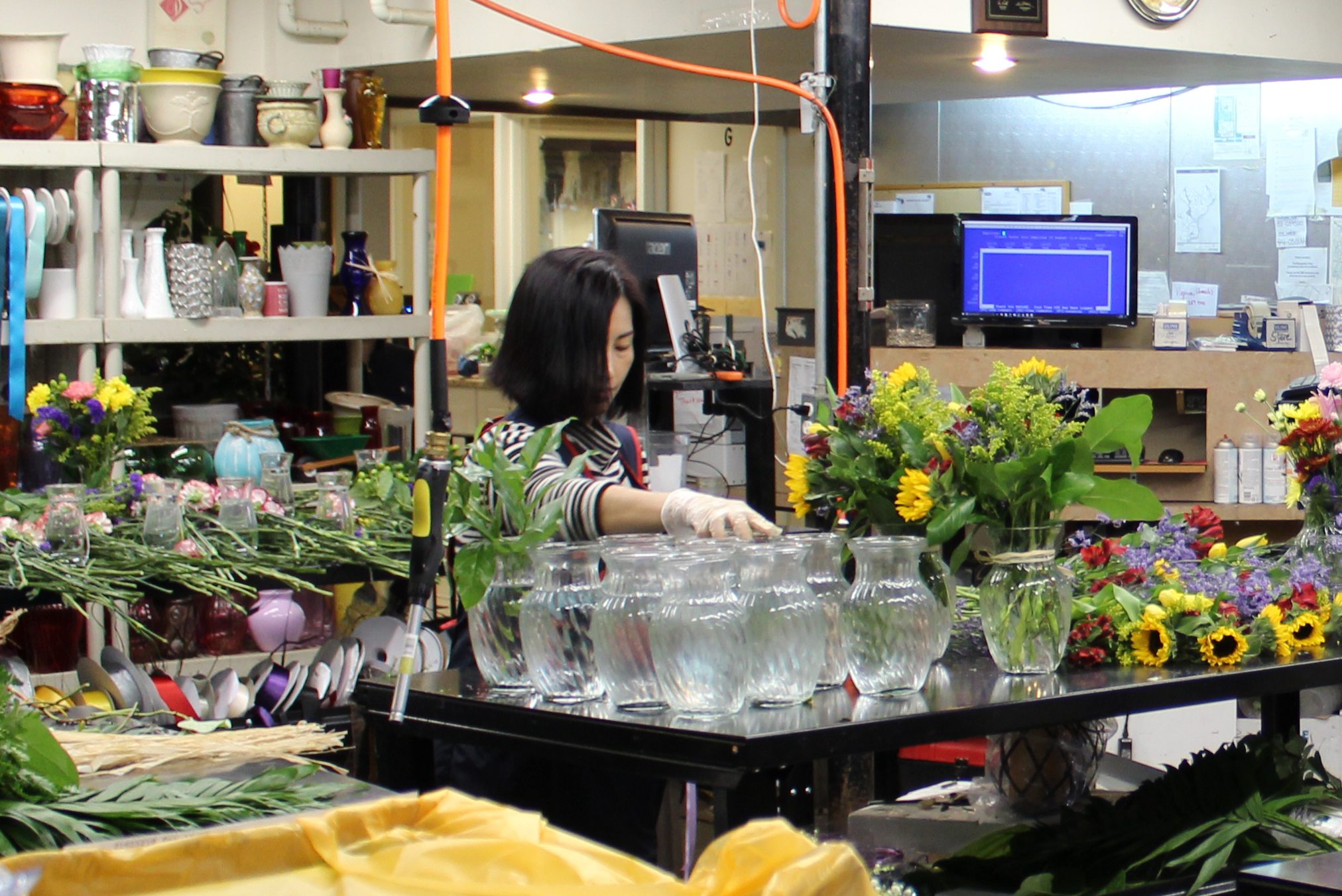
“Maybe the best way to meet rising demand is to grow your team’s skills — not grow your team in numbers,” marketing expert Dan McManus wrote in the latest issue of Floral Management.
Labor continues to be one of the floral industry’s toughest challenges. Shop owners around the country are learning to do more with fewer workers. (And even if there were ample designers to go around, hiring and training new people costs far more than incentivizing your current team to be more efficient.) “Maybe the best way to meet rising demand is to grow your team’s skills — not grow your team in numbers,” marketing expert Dan McManus wrote in the latest issue of Floral Management.
In his article, McManus breaks down the basics of a bonus program, including how to set a fair goal, figure out the math, and account for variables such as non-design tasks.
“By industry standards, you can afford to pay a floral designer 10 percent of what they produce at retail prices,” writes McManus, author of “Flower and Profits” and the founder of TeamFloral, a marketing service. “By measuring their production, you can award a bonus when they exceed that 10 percent benchmark.”
To determine an employee’s goal, first multiply their hourly rate by the number of hours worked for the month. This gives you their total payroll; multiple it by 10 to get their benchmark. The bonus should be 10 percent of the amount that exceeds the benchmark.
For more on how to incentivize employees who wear many hats and to see easy-to-follow examples, check out the Growth column in Floral Management.
For even more guidance, visit the Explore section of the Society of American Florists’ Career Connection, where you’ll find TeamFloral’s Excel template for bonuses. You can input your own employees’ names and numbers to quickly determine their goals and bonus amounts.
Katie Vincent is the senior contributing editor for the Society of American Florists.






